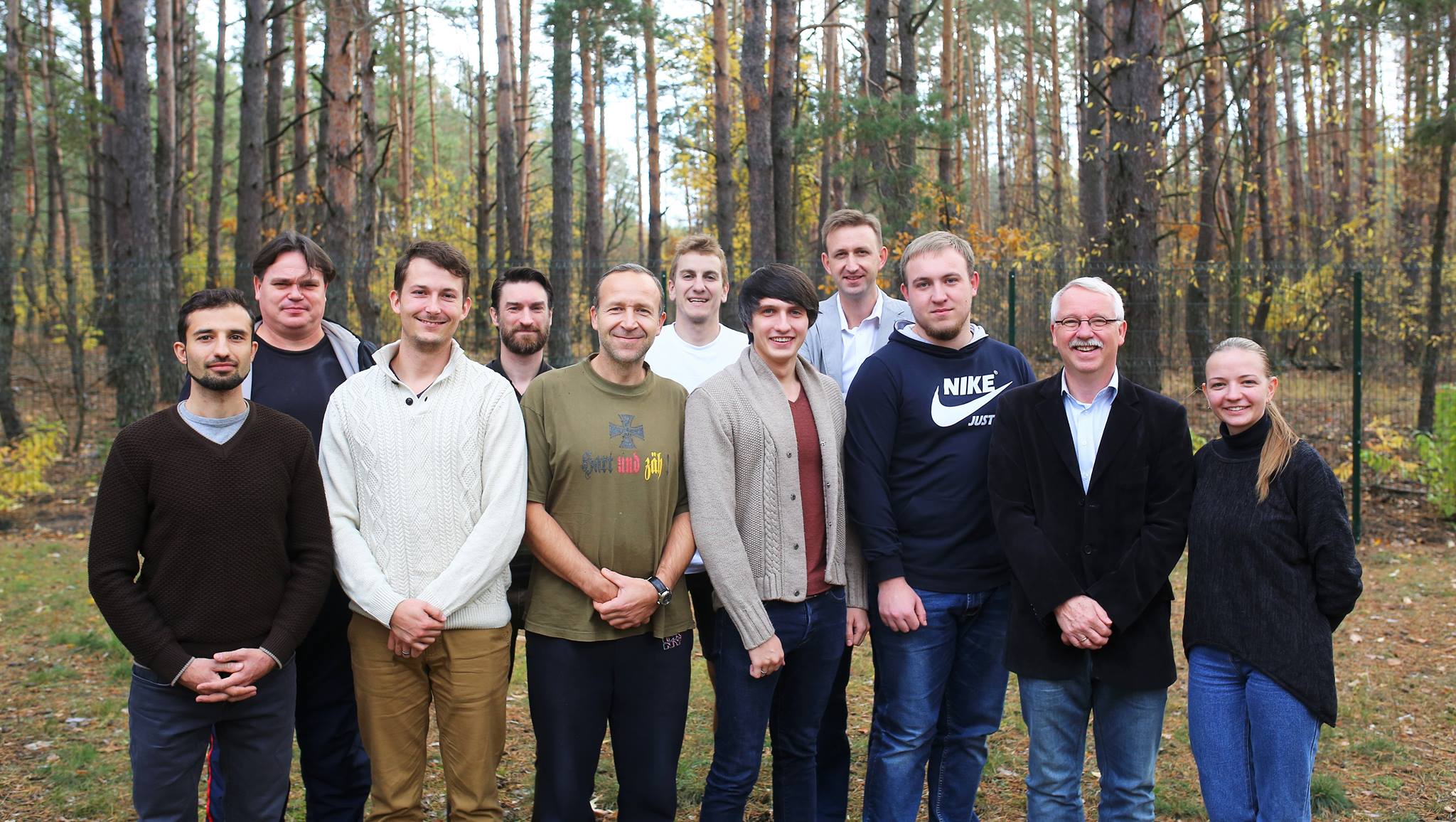PROFESSIONAL RESEARCH PAPER
|
|
|
|
The Evangelical Reformed Church of Odessa existed in the first years of the construction of the city. It is well-known that at that time a significant portion of the population was French, having emigrated due to the Revolution in their country. Among them were not only Catholics, but followers of the "Genevan Pope" Calvin [sic], that is, Protestants or Evangelical-Reformed. But for a long time this communion didn't have its own temple, but only a house of prayer. In 1837, the Richelieu Lyceum, located until then in the Wagner house on Deribasovskaya #16, received a new building. In the courtyard of Wagner home was located an orthodox chapel for the lyceum, named after the saintly prince Alexander Nevsky. After the lyceum moved, they began building a new chapel. But the old temple was given in that year to the Evangelical-Reformed Communion of Odessa, which by 1842 remodeled it according to their own regulations. On 20 March, 1894, a new church building of this communion was proposed on Khersonskaya Street #62 under an architectural project of A. Bernadazzi and V. Shretera. It was built by Engineer Kh. Squeder by means of a special fund taken up by initiative of the pastor, E. I. Kornman. A very generous gift was received from the family of E. I. Shultz and Baroness Mass. The temple was built in 1896, and it was finished and dedicated in 1900. The interior of the church was distinguished by its stark, firm simplicity. In the guide of V. Kokhanovsky Odessa and Her Surroundings: Full Illustrated Guide and Reference Book with 4 maps, 4 plans, and 90 drawings (printed in Odessa in 1893), it is written, "Reformed Church is located on the corner of Khersonskaya and Preobrazhenskaya Streets." In the reference book "All Odessa — 1914" (printed in Odessa in 1914) is written: Austrians, Englishmen, Germans, Frenchmen and Swiss attended the meetings. Preaching was alternately in German and French. The communion was led at different times by pastors I. F. Lobschtein, G. Henry, K. A. Candidus, I. Kleingass, and others. The list of officers In 1914: permanent pastor was Eugene Ivanovich Kornman; Chairman of the church session was Nikolai Alexandrovich Shreter; Treasurer was Edward Carl Rink-Wagner, Secretary was Julius Freidank. Members of the session in that year were: Constantine Berto, state advisor Julius Gilberger, Dr. Nikolai Keefer, M.D., Dr. August Kneri, Jr., M.D., Carl Remick, Jr., Engineer Christian Jacobson Squeder (builder of the church), and Carl Michaelson Erismann. In Soviet times, the church was closed and under a plan of A. Minkus, was transformed into a puppet theater. At the present time, the building is used by the Odessa chapter of the Theatrical Actors Union of Ukraine. FURTHER RESOURCES:
|
PROFESSIONAL RESEARCH PAPER
- Details

